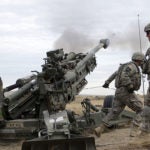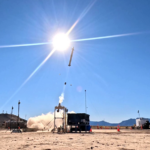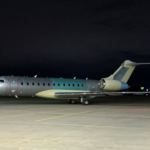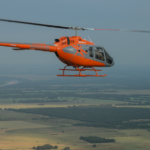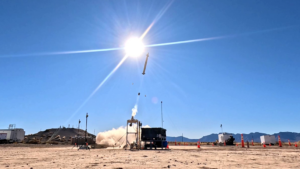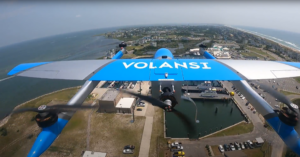
Volansi, a Silicon Valley-based drone maker, and Sierra Nevada Corporation (SNC) announced Thursday they have teamed to offer a proposal for the Army’s effort to find an enduring Shadow drone replacement. The two companies submitted a white paper for the Future Tactical Unmanned Aircraft System (FTUAS) Increment 2 program, which Volansi said was approved by the Army allowing the team to officially propose their advanced UAS solution. “Our white paper was evaluated and found technically acceptable by the Aviation Missile…

 By
By 